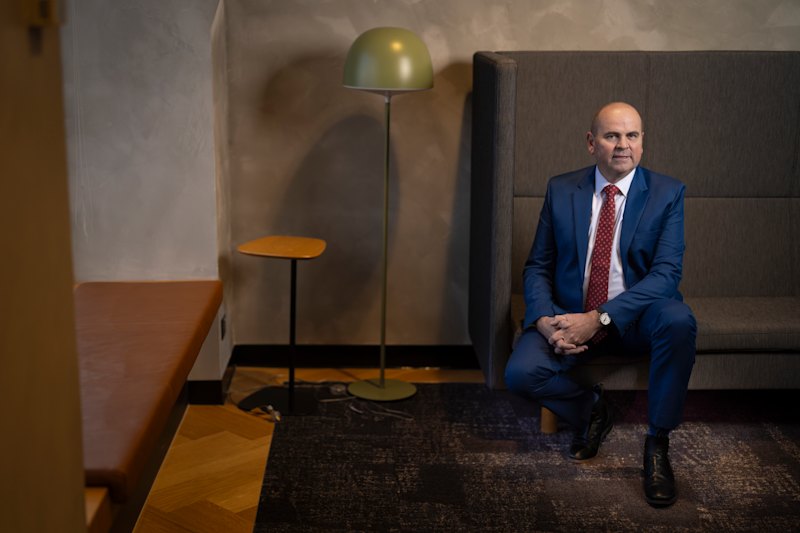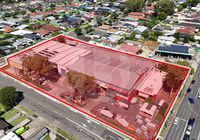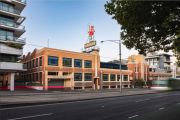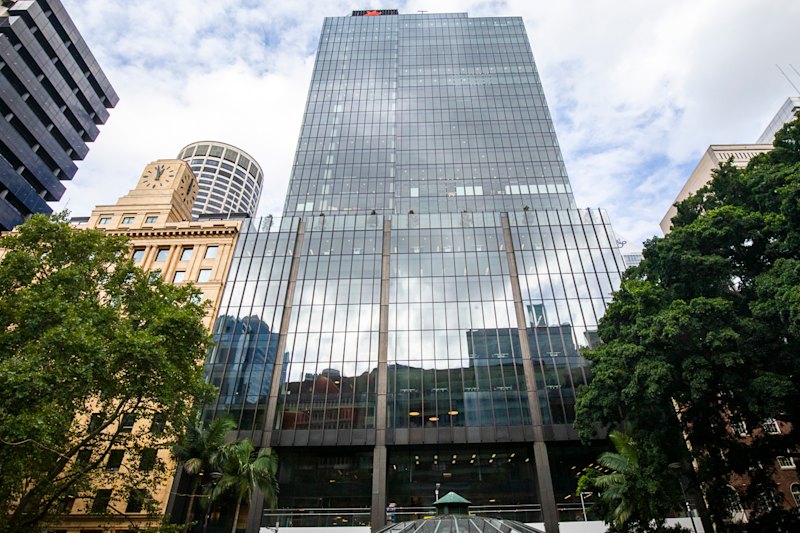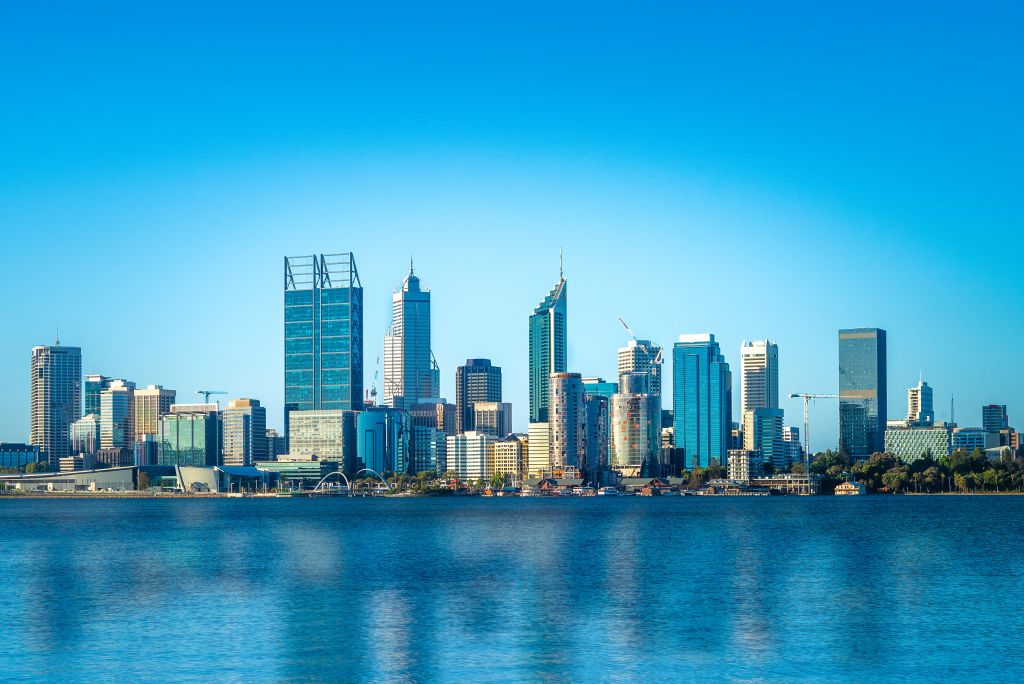
Strong resources sector means quicker path to recovery for Perth office market, report finds
Exposure to the resources sector and the state government’s success in keeping the COVID-19 virus at bay could see Perth’s office market experience one of the quickest recoveries of all major city markets.
The prediction is contained within Ray White Commercial’s latest Between the Lines report, which compares the increase in vacancy rates across Australia’s capital city office markets in January 2020 and June 2020.
Perth vacancies increased just 5.33 per cent since the onset of the pandemic, although the rates were coming off a much higher base than that in east coast capitals.
Overall vacancy in the city now sits at 18.4 per cent according to the report – the same rate as in July 2019.
Vacancy rates in Sydney increased by 42.36 per cent during the same period (to be at 5.6 per cent), and in Melbourne they increased by 88.04 per cent (to be at 5.8 per cent).
The smallest increases were in Brisbane (up 2.3 per cent) and Canberra (increasing by 1.58 per cent).
Despite the low overall vacancy rates for Sydney and Melbourne, the report predicted both cities would face further pressure in the months ahead as the true impact of lockdowns and downsizing plans of businesses came into effect.
“The east coast markets, however, are showing the first signs of stress across the office markets, job losses notably in the professional services sectors and forced closures of businesses ensuring the demand for office accommodation contracts,” the report said.
“Many of these tenants, however, remain in a lease, yet will seek to reduce their accommodation needs in the coming months putting further pressure on the Sydney and Melbourne CBDs.”
On the other hand, Perth is “better placed to recover compared to eastern states due to the differing office user profile.”
Vacancies in Perth tended to be made up of smaller office suites, according to Dan Clarke, Ray White Commercial (WA) associate director office leasing.
“We monitored vacant stock and its location and size, and we’ve found there’s a large proportion of stock which is smaller in size, spread across all quality grades, but there’s a greater weighting to the secondary quality assets,” he said.
“With 35 per cent of all listings being in the sub-149-square-metre size, what we’re seeing is tenants becoming more selective when looking for the best fit-outs, foyers, and amenities when comparing accommodation options.”
B and C-grade vacancies increased to 28.7 per cent and 21.7 per cent respectively in the first six months of the year while A-grade vacancies remained flat and premium-grade vacancies fell.
A separate report from JLL this week found that Sydney’s office vacancy rate increased to 10.2 per cent in the three months to October, while Melbourne’s vacancy increased to 11.3 per cent during the same period.
The same JLL report found that Perth’s overall office vacancy increased marginally to 20.4 per cent during the same period.
Coming off a low base
CBRE Western Australia senior managing director Lincoln Delahunt said the pandemic had put the brakes on what was expected to be a year of recovery in the Perth market.
“The onset of the pandemic, or at least the onset in WA, immediately put the brakes on our recovery,” he said.
“Leasing activity effectively came to a halt and the inability to enter WA curtailed any campaign for asset disposal above $50 million.
“WA has, however, fared better than other states [but] fundamentally we were coming off a very low base, that is low rents and very high incentives, which rather than worsen has just delayed the recovery for landlords and extended the current tenant-friendly environment.”
He said while many workplaces had now returned to the CBD, office tenants were still in the process of locking in their long-term leasing plans.
“With six months having passed since WA was first sent into lockdown, a certain level of clarity has returned to the economy and market for now,” Mr Delahunt said.
“Businesses have in large returned to the office and been able to go about their daily routines unobstructed.
“WA is the best performing state in the nation on the jobs front, down 0.9 per cent since the induced lockdown was introduced, compared to the Australian average of -4.5 per cent.
“Occupiers are coming to terms with what the new workplace looks like, with few yet locking in a future strategy around remote and flex working arrangements and what this means to their accommodation footprints moving forward.”
Strong economic outlook
The West Australian economy was already tipped to be the strongest performer in 2020, and the state’s exposure to the mining sector – which hasn’t been severely impacted by the pandemic – means there are strong growth fundamentals for the year ahead.
“Western Australia will be the best-performing state economically in 2020 as demand from the mining sector has continued and many of the projects in the pipeline have pushed on, which will keep CBD occupancy elevated,” Ray White Commercial (WA) director of office leasing Clive Norman said.
JLL Head of Research – Australia Andrew Ballantyne said current commodity trends boded well for the Perth market.
“Chinese steel production has only experienced minimal disruption as a result of COVID-19 and is expected to surpass the one billion tonne mark for the first time in 2020. The iron ore price is intrinsically linked to Chinese steel production and has historically been a strong lead indicator for the Perth CBD office market,” he said.
It’s a sentiment shared by CBRE’s Mr Delahunt.
“WA’s resource sector has proven to be very resilient and continued to perform through the pandemic, particularly iron ore and gold, with commodity pricing for these minerals through 2020 reaching historical highs,” he said
“Western Australia’s office market dynamics in Perth have been and in the foreseeable future will continue to be determined by the resource sectors level of investment and employment levels. This sole factor bodes well for the Perth CBD.”

